-
- Skills & Marketing (Workshop Stage 2)
-
- Architecture & Design (Workshop 1)
-
- Digital Construction (Workshop 1)
-
- Building Solutions & Materials (Workshop 2)
-
- Digital Construction (Workshop 1)
-
- Digital Construction (Workshop 1)
-
- Architecture & Design (Workshop 1)
-
- Architecture & Design (Workshop 1)
-
- Architecture & Design (Workshop 1)
-
- Architecture & Design (Workshop 1)
-
- Digital Construction (Workshop 1)
-
- Digital Construction (Workshop 1)
-
- Building Solutions & Materials (Workshop 2)
One of the eight pillars of overall wellness is “environmental” and that means addressing and removal of toxins within your living spaces. A critical and unfortunately overlooked component of achievin ... -
- Skills & Marketing (Workshop Stage 2)
Local hiring allows companies to make more project bids and access tax revenue credits, all while supporting communities in NYC. Approaching local hiring on your own can be daunting, but companies seeking to meet local hiring goals can benefit significantly from collaborating with community organizations. These partnerships help businesses access a diverse talent pool while fostering economic development in the communities they serve. Community organizations, such as workforce development agencies, nonprofits, and educational institutions, offer resources like job training, skills development, and employment placement services that align with company hiring needs. By engaging in strategic collaborations, businesses can streamline recruitment, improve employee retention, and enhance their corporate social responsibility efforts. Collaboration not only fulfills local hiring mandates but also strengthens community relationships, provides opportunity to give back to the local economy, provides employment for community members, enhances brand reputation, and contributes to long-term business success. Despite these benefits, companies and local community organizations often struggle to achieve synergy and working together can become an obstacle. This year at New York Build, an innovative approach to these partnerships will be discussed through our local hiring workshop.
-
- Skills & Marketing (Workshop Stage 2)
-
- Skills & Marketing (Workshop Stage 2)
-
- Building Solutions & Materials (Workshop 2)
-
- Architecture & Design (Workshop 1)
-
- Building Solutions & Materials (Workshop 2)
-
- Building Solutions & Materials (Workshop 2)
-
- Building Solutions & Materials (Workshop 2)
-
- Skills & Marketing (Workshop Stage 2)
-
- Building Solutions & Materials (Workshop 2)
-
- Digital Construction (Workshop 1)
-
- Skills & Marketing (Workshop Stage 2)
-
- Architecture & Design (Workshop 1)
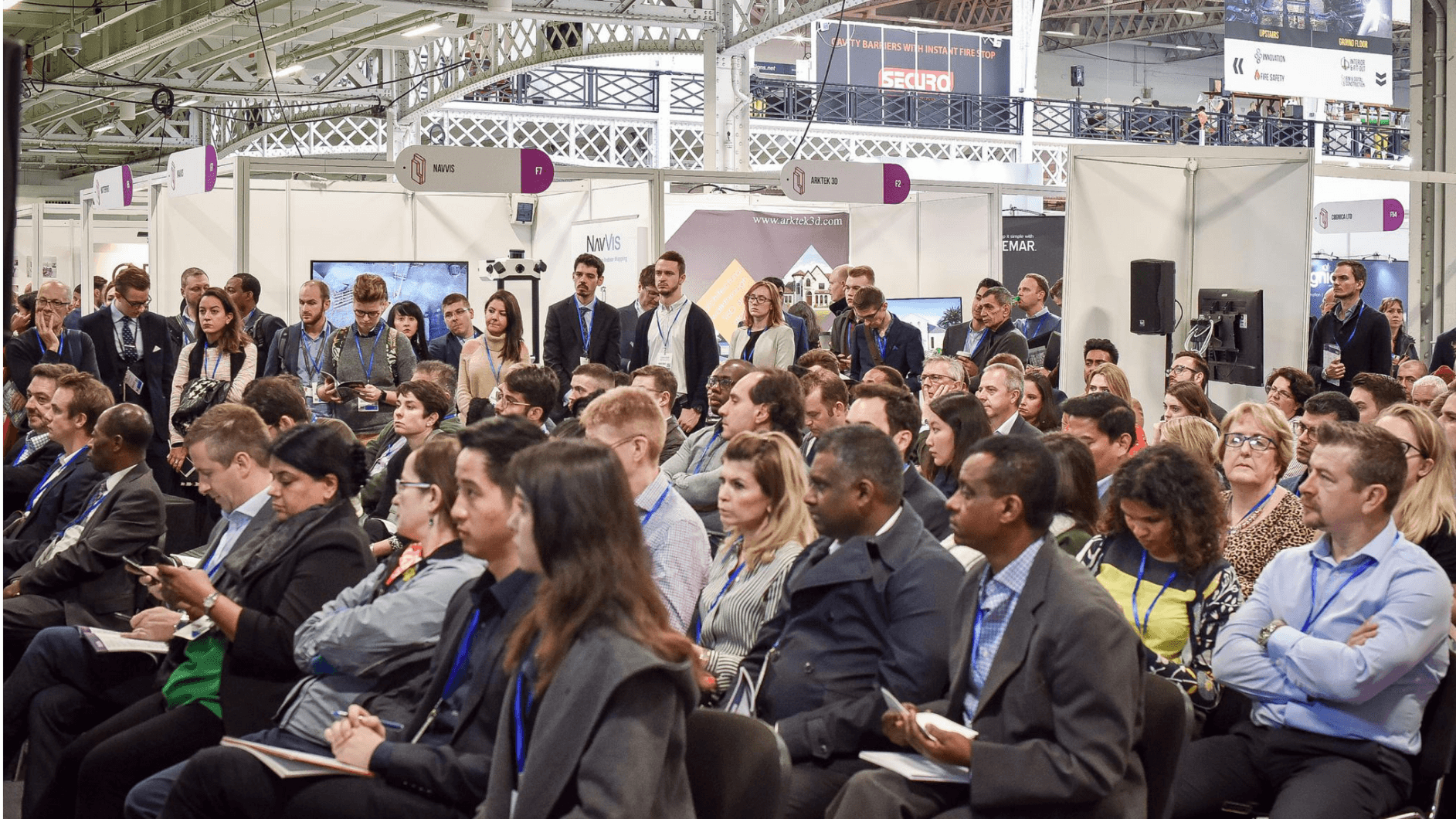
AIA and state requirements for continuing education
Licensed architects must earn continuing education credits each year to fulfill AIA membership requirements. You may also need to complete continuing education requirements to renew your state license(s). If you’re working on getting licensed, some AIA-approved courses count toward the experience requirement for licensure.
We offer a variety of ways to earn continuing education credits that make meeting your goals and licensing requirements interesting and convenient.
Annual benchmarksAIA measures continuing education in Learning Units (LUs). One hour of continuing education earns one LU. AIA Architect members are required to complete 18 LUs from registered AIA/CES providers each year. Of the 18 LUs, 12 must be in the topic areas of health, safety and welfare (HSW).
New York Build offers a range of AIA CES approved training workshops across the two days. See below for the full list of AIA CES sessions. For more information on AIA state requirements, click here.
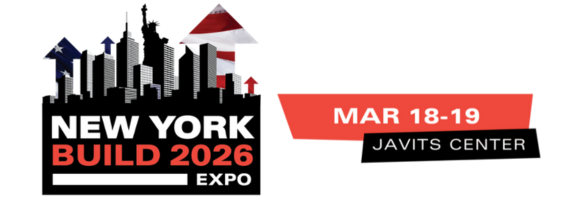

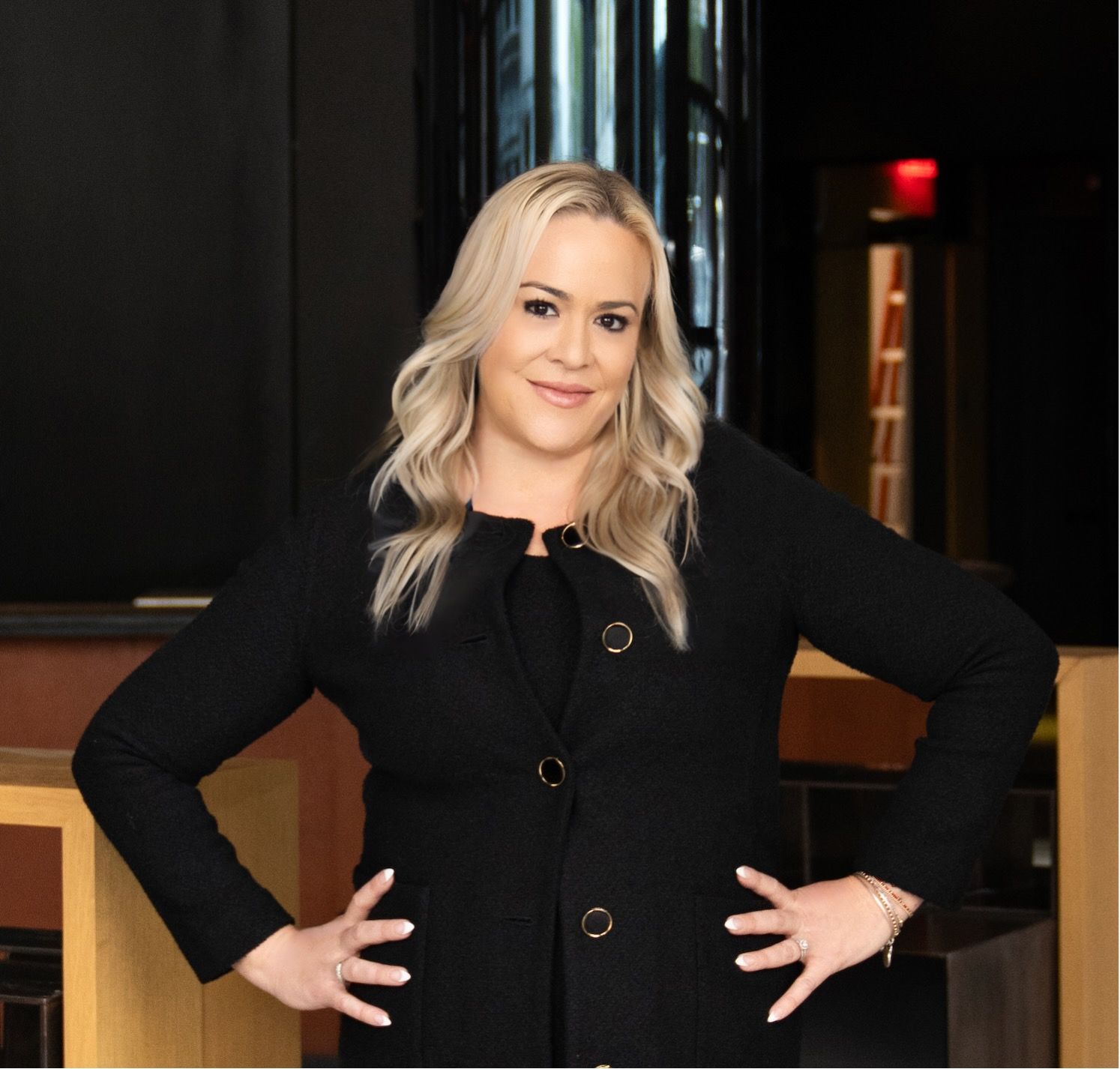
)
)
)

)
)
)
)
)
)
)
)
)
)
)
)
)
)
)
)
)
)
)
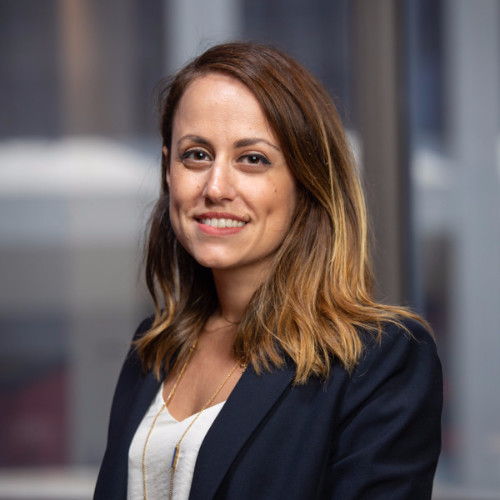
)
)

)
)
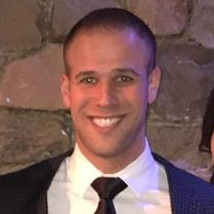
)
)
)
)
)
)

)
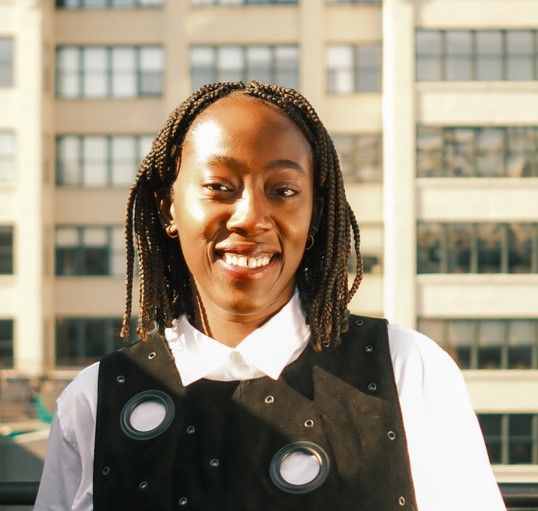
)
)
)


)
)
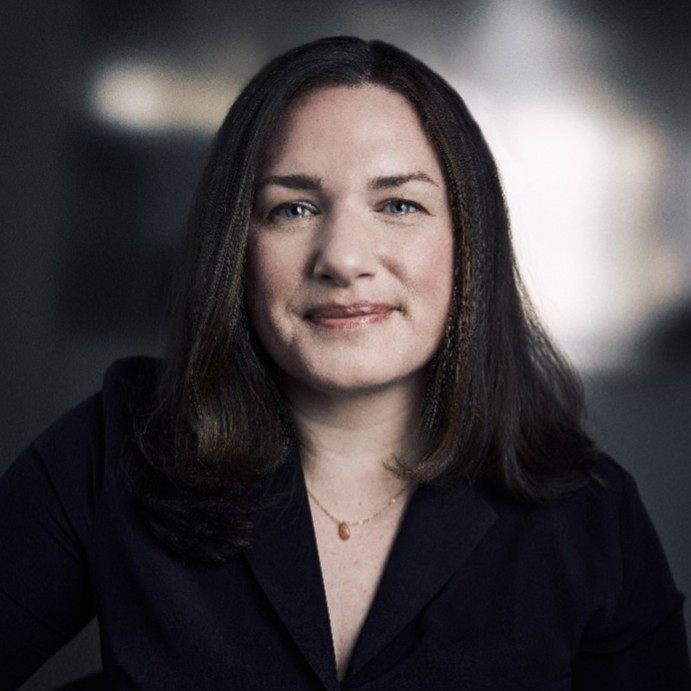

)
)
)
)
)